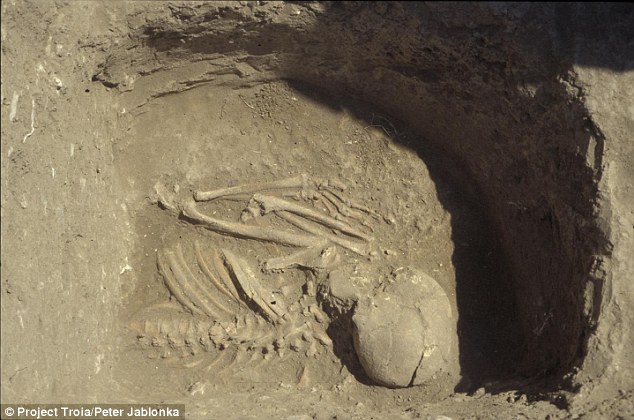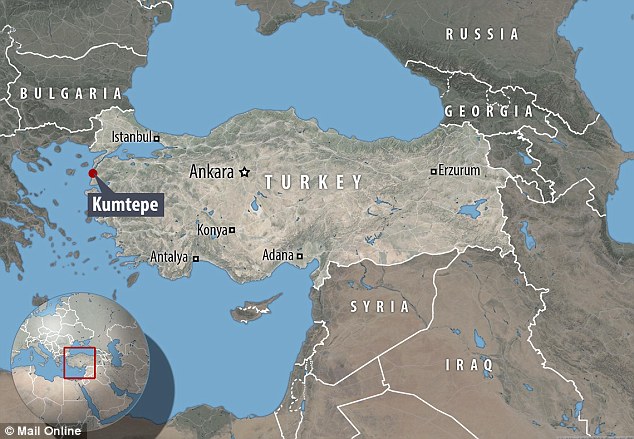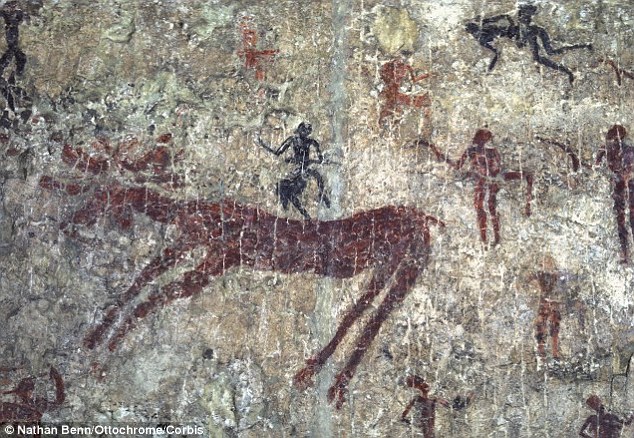Europe’s first farmers came from Turkey confirmed by DNA
It was an innovation that changed the course of human history forever, leading to the rise of the first civilisations and transforming the way of life of our ancestors.
Now researchers believe they have pinpointed where the first farmers who spread into Europe 8,000 years ago came from – Anatolia in Turkey. Using ancient DNA from human remains found in the region, a study has been able to trace the lineage of early European farmers back to the Anatolian plateau in Turkey.
They said farmers from Anatolia appear to have moved into Europe around 8,000 years ago, replacing the hunter-gatherer cultures that lived there.

Farming is first thought to have emerged in the Levant region of the eastern Mediterranean in what is now Israel, Lebanon, Syria and Jordan. However, the new findings suggest Anatolia acted as a hub from which the farming revolution then spread.
Anders Götherstörm, head of archaeogenetic research at the archaeological research laboratory at Stockholm University, said: ‘Our results stress the importance Anatolia has had on Europe’s prehistory.
‘But to fully understand how the agricultural development proceeded we need to dive deeper down into material from the Levant.’
The researchers extracted DNA from human remains found at the site of an ancient settlement in Kumtepe in Troas, northwestern Anatolia, in Turkey.
The remains are thought to belong to Neolithic farmers who were among the first inhabitants of the settlement, which eventually gave rise to the city of Troy.
The team behind the study compared the DNA with genetic material from other ancient farmers in Europe along with DNA from modern Europeans.
Ayca Omrak, who was the first author of the research at Stockholm University, said: ‘I have never worked with more complicated material.
‘I could use the DNA from the Kumptepe material to trace the European farmers back to Anatolia.
‘It is also fun to have worked with this material from the Kumtepe site, as this is the precursor to Troy.’
A separate study recently found that a rise in farming and metalwork in Ireland led to a ‘genetic shift’ in the region, fuelled by an influx of people from the Black Sea and the Middle East.
This led to the traits that make Celtic people so distinct to emerge around 4,000 years ago. In particular, the researchers said that the adoption of agriculture led to ‘waves of immigration’ in Ireland which ultimately shifted their genetics.
The study was led by Queens University Belfast and Trinity College Dublin. Researchers analysed the DNA of an early Neolithic farmer, a woman who is believed to have lived in the Belfast area 5,200 years ago.


They also analysed the DNA of three men found in Rathlin Island in County Down, who lived 4,000 years ago during the Bronze Age.
While the early farmer woman more closely resembled people from Southern Europe, with black hair and brown eyes, the later men had blue eyes.
One even had an inherited iron disorder, haemochromatosis, commonly found in Irish people. Elsewhere, the woman’s genome was a ‘genetic cocktail’ of early hunter-gatherer DNA mixed with that of Near East farmers.
It is thought these farmers migrated to the region thousands of years ago, bringing farming to the region in around 3,750 BC. However, the genetic traits found in the Bronze Age males were found to be much closer to modern Irish people.





